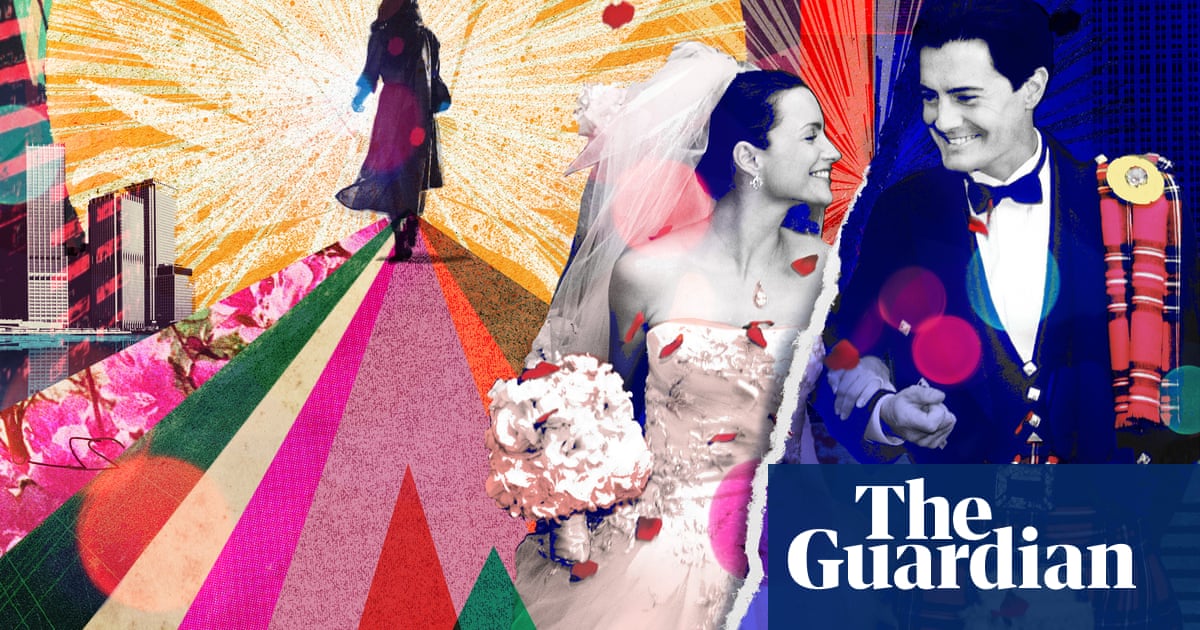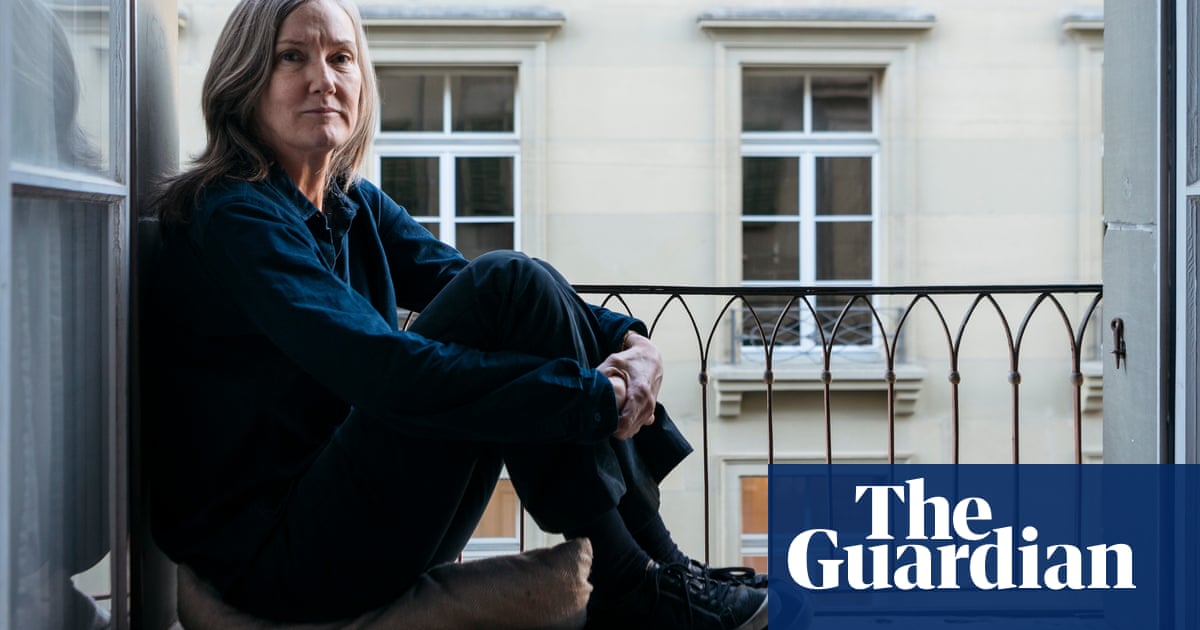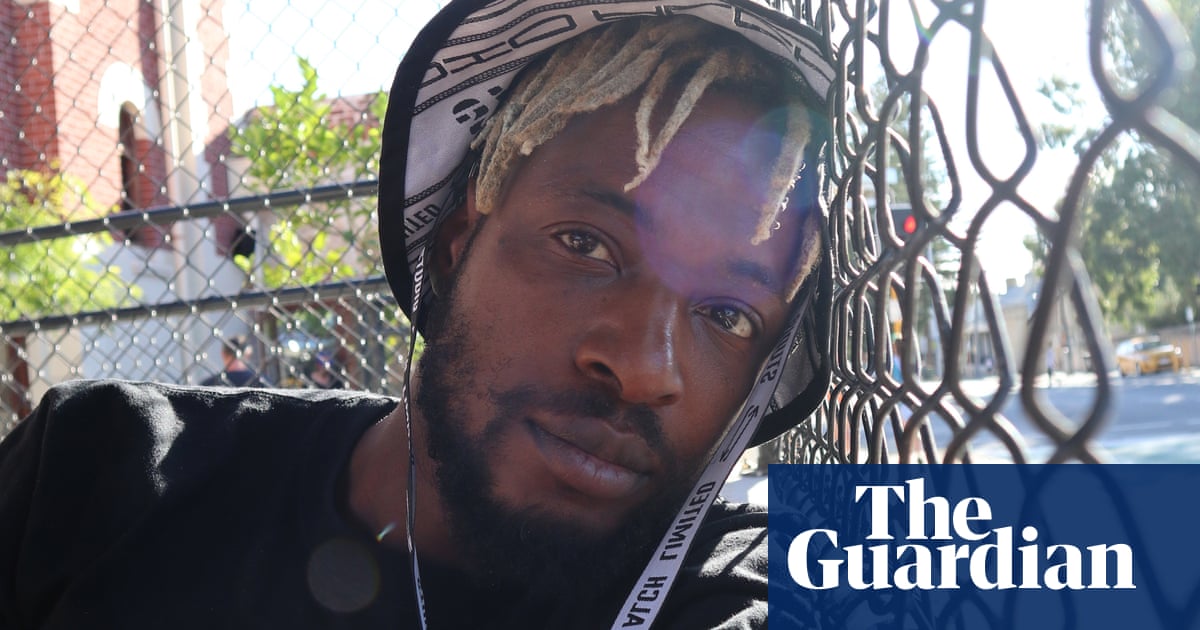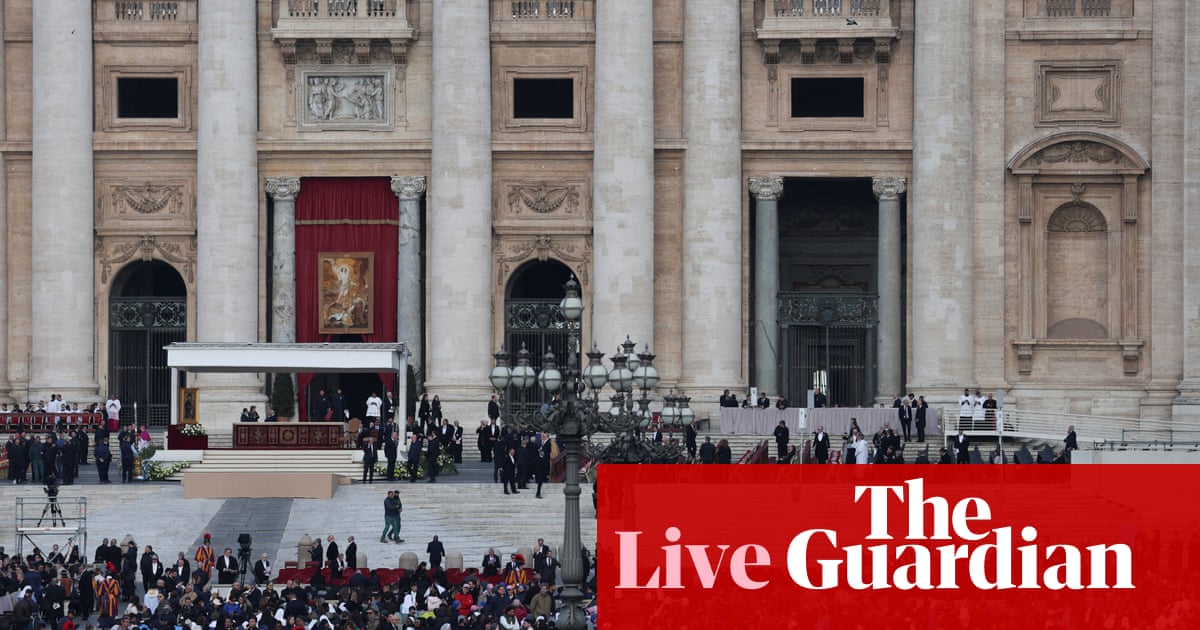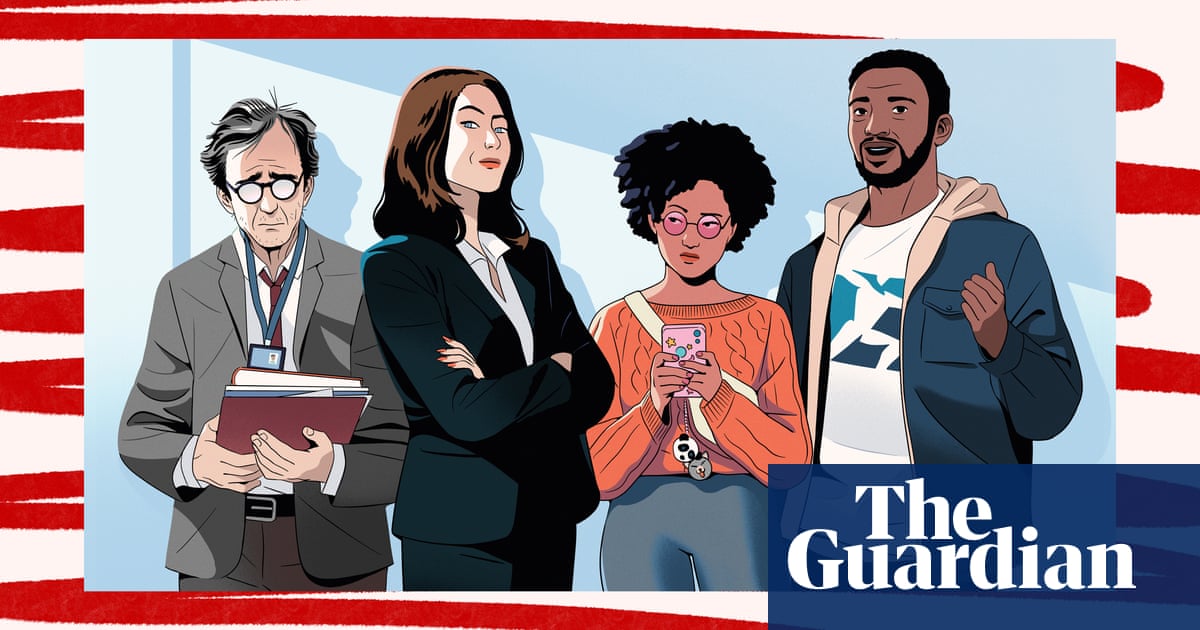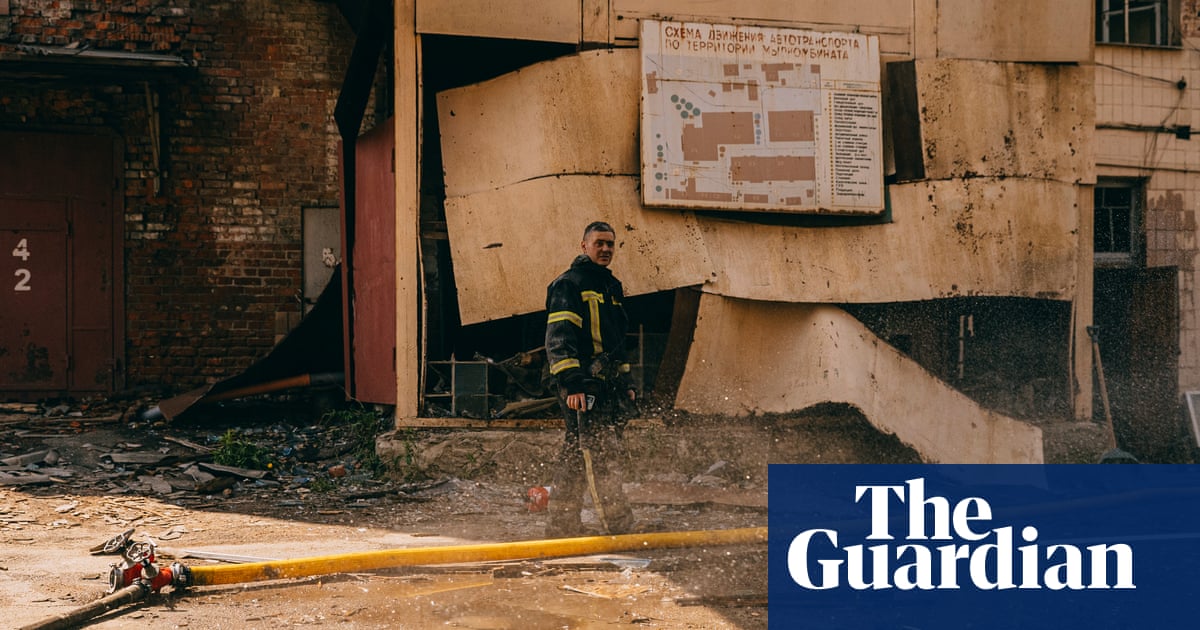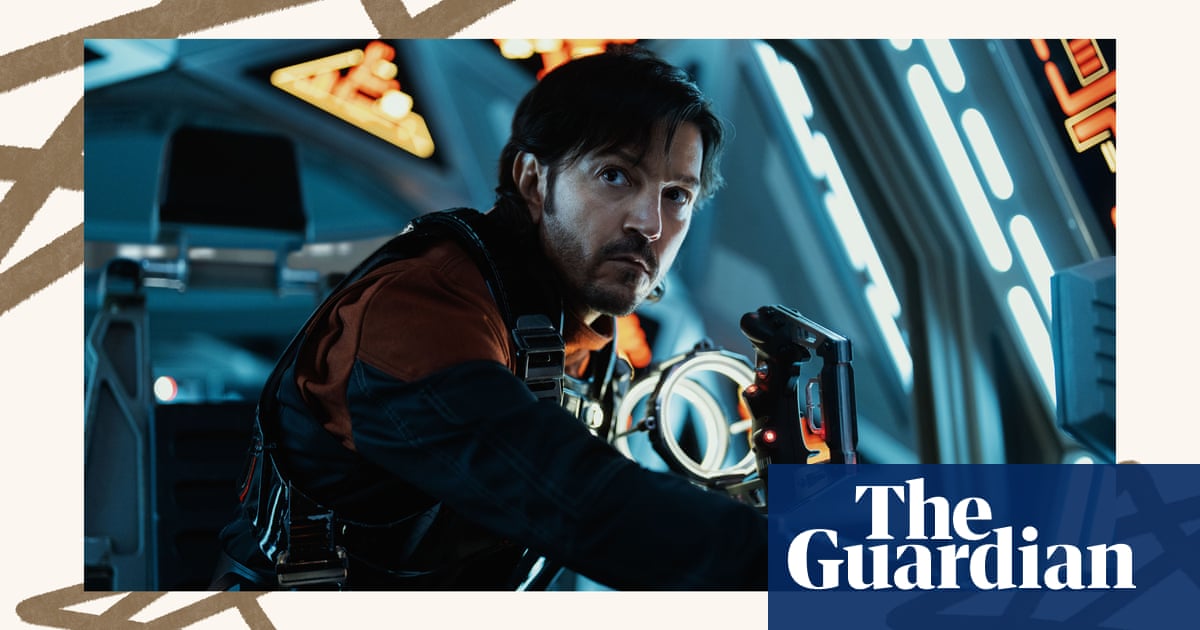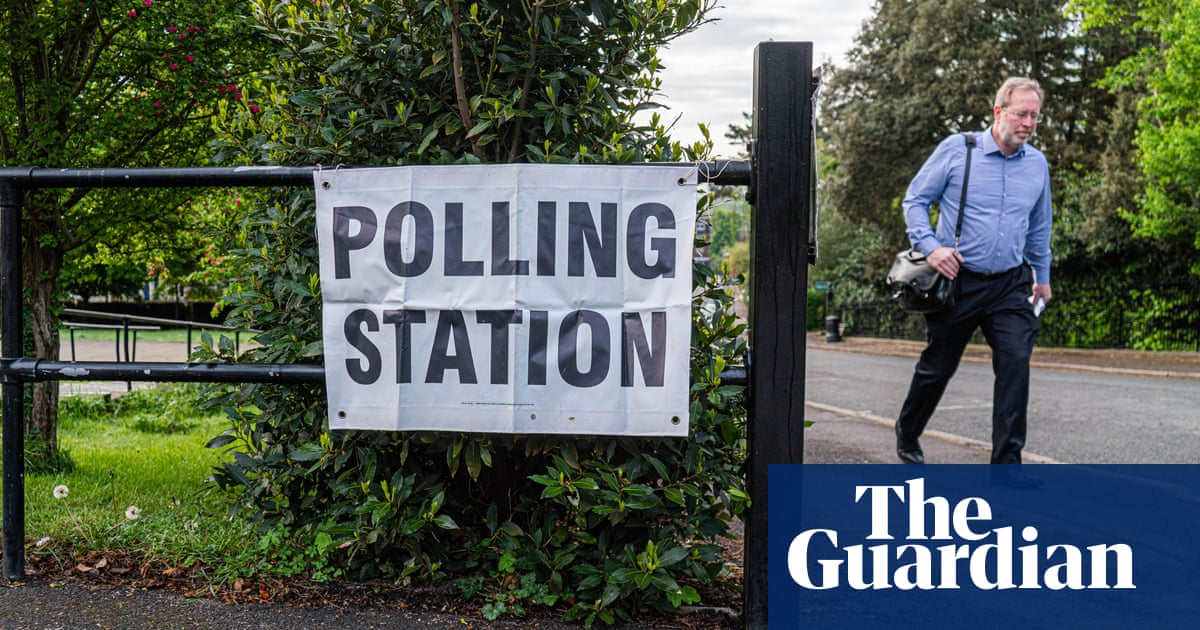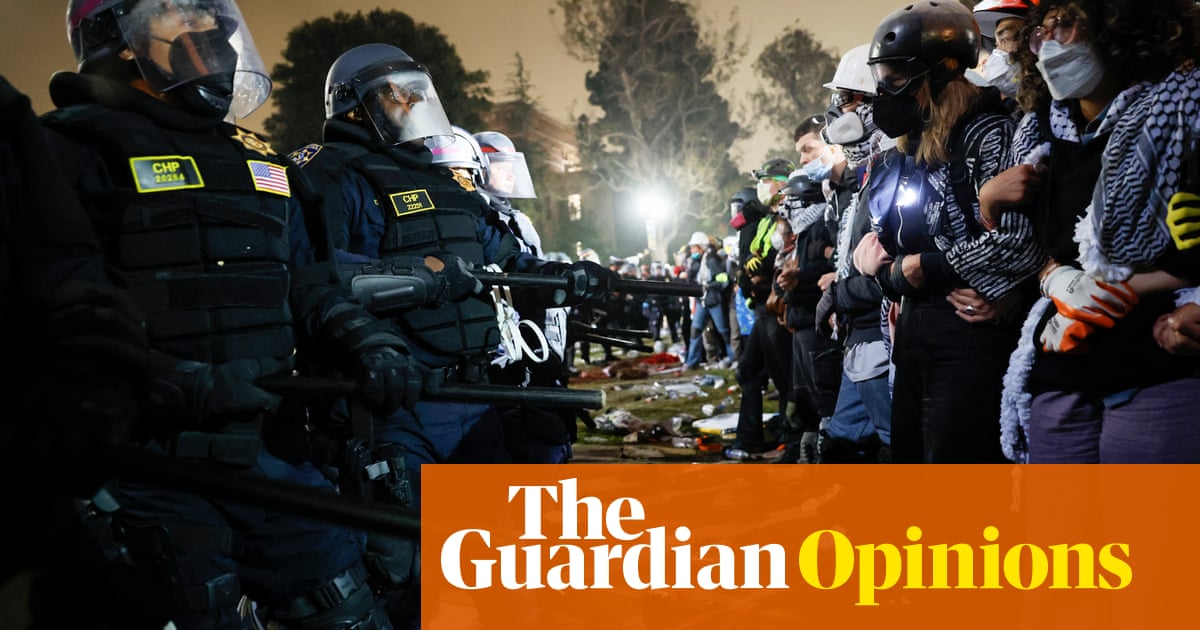Taking us from the founding of the suffragette movement in 1903 to the vast demonstrations against the Iraq war in 2003, Resistance presents us with a century of protest in Britain, of causes and gatherings and acts of defiance. A hundred years of reasons, of inequalities and wrongs and rights, of marches and riots, of peaceful sit-downs and kiss-ins, of fortitude and dissent and things kicking off. Things can get ugly. A fire bomb in the road, marbles under the horses’ hooves. Not resisting is uglier.
Resistance also presents us with 100 years of photographs. Filled with incident and detail, personal shots and anonymous press images, documentary series and photographs found in archives and culled from collections, they range from journalistic assignments to surreptitious surveillance images, pictures by famous photographers and by anonymous agency ones. Conceived by Steve McQueen and curated by Clarrie Wallis, it is a show of fractured continuities and swerving vantage points.
All the images have been scanned in black and white and hung in black frames. There are a few sepia-toned photos but no colour images. All the prints are relatively small and invite close looking. They gather and disperse and they march around the walls of the Turner Contemporary. The images home in and they pull back. We see crowds on the move and groups of the unemployed lying in the road to disrupt the traffic on Oxford Street.
Protesters occupy tree houses high above the proposed Newbury bypass and they dance on the missile silos at Greenham Common. We find ourselves in courtrooms and cells, marching among millions and watching Arthur Scargill on the telly in someone’s sitting room in the north-east of England. There’s disenfranchised lassitude and the amazing creativity of the squatters who occupied scaffolding towers and netting above a row of houses to prevent their eviction. A couple dance wildly at an early Caribbean carnival in St Pancras Town Hall in 1959, sound systems are rigged-up in Notting Hill and anti-Iraq war activist Brian Haw begins his 670th day of protest opposite the Houses of Parliament in 2003 (his vigil lasted a decade, until his death in 2011).

There are riots in the Bogside; Tom Robinson performing at a Rock Against Racism carnival; anti-racists blocking a National Front demonstration in New Cross; and Humphrey Spender documenting the Great Depression in 1936, photographing kids playing in a derelict street in Jarrow and unemployed Tyneside workers on the Newcastle quay, the Tyne Bridge looming behind them. Images such as Spender’s, published in the popular Picture Post, gained enormous currency.
Subtitled How Protest Shaped Britain and Photography Shaped Protest, the exhibition ends at a point when social media and advances in smartphone technology began to irrevocably change our relationship with images, as well as the relationship between photographs and videos and truth.
The exhibition is compelling in all sorts of ways. As social history, as documentary, as eye-witness report and as remembering, whether it is of the unemployment marches of the 1930s or the protests against the overwhelming silence surrounding the deaths of 13 young people in a house fire in New Cross in 1981. Resistance is more than a parade of markers or a timeline of dissent.
Well-known protests such as the Grunwick Dispute in 1976-8, in which a group of mostly Indian female workers from east Africa walked out of the film processing factory in west London where they suffered low wages, intimidation and exploitation, or the demonstration against the poll tax in 1990, the battles for gay liberation and against Section 28, also meet largely forgotten protests here; members of the Royal Society for the Protection of Birds protest “against the use of egret feathers in hats” at a demonstration in London in 1911, and blind people march from cities around England and Wales to London in 1920, petitioning for “Justice not Charity”. In the early 1990s, disabled protesters hold a “Piss on Pity” campaign challenging ITV’s patronising, celebrity telethon appeals, and 30 years on we have “crip rights” and protests.
It is easy to get caught up in the incidental details. The policeman wheeling his bike behind the Jarrow marchers. The kid, knock-kneed, hands in the pockets of his shorts, staring at the photographer Christine Spengler while she’s taking a picture of a young British soldier on a Belfast corner in 1970. I do a double-take. The kid’s wearing a weirdly comical mask, his own resistance to the presence of soldiers on the streets.
The young unemployed sit on the floor and lean at the counter in the dole office, in Tish Murtha’s 1981 series Youth Unemployment. From the same series, kids leap from a high window on to a pile of old mattresses in a wretched, partly demolished housing block. An onlooker in the image is holding a ventriloquist’s dummy, which looks back out at us, a sort of bug-eyed rejoinder to our looking.
John Deakin, then working for Picture Post, took a group of portraits of delegates at the 1945 Pan African Congress in Manchester. These included Jomo Kenyatta, future president of Kenya, and Jamaican Pan-African activist Amy Garvey. The photographer’s close friend Francis Bacon called Deakin the greatest portrait photographer since Nadar and Julia Margaret Cameron.

We meet individuals as well as crowds here; Tony Benn, speaking in Trafalgar Square during the Suez crisis, and Bertrand Russell, at an anti-nuclear missile protest in 1961 (“Bertrand Russell – King of the kids!”, my father used to shout, whenever the aged philosopher appeared on the television). Oswald Mosley, in ridiculous jodhpurs and riding boots, exchanges a fascist salute with his blackshirt followers at a 1936 rally, and here’s Mosley again, rallying a postwar crowd. He’s ditched his absurd uniform of strongman leather belt and the boots by now.
Mosley’s pre-war antisemitism gave way, by the 1970s, to the National Front and broader attacks on immigration and the Black and Asian population, leading to mass demonstrations and shows of revulsion against them. Sometimes resistance has to go on and on and it must never stop. An anti-fascist protester is led away after a mounted police baton charge during the Battle of Cable Street in 1936, and a week later fire runs in the gutter on another East End street.
There are flashpoints and long-terms protest, hunger strikes and a picture of a “dirty protester” incarcerated in Belfast’s Maze Prison, smuggled out in 1979. We find covert police images of suffragettes, and another of them in court (the camera hidden in the photographer’s hat). The stories bolster the images and keep the whole thing alive.
The exhibition and accompanying book – with numerous essays by Gary Younge, Paul Gilroy, Baroness Chakrabarti and others, and including first-hand accounts of protest movements and acts of resistance – has been several years in the making. McQueen’s highly personal introduction recounts his going to a Saturday school, one of several set up by Black families to help children who were being failed by the education system. It was here that McQueen learned to draw, and to gain confidence. Eventually he went to art school. The first demonstration he went on was against the introduction of student tuition fees in 1988. He knows he could not have gone to art school if he’d had to pay. “My own resistance started with me loving myself,” he writes. “My resistance was my courage to dare and push my ability.” Resistance is inspiring.

.png) 2 months ago
23
2 months ago
23
